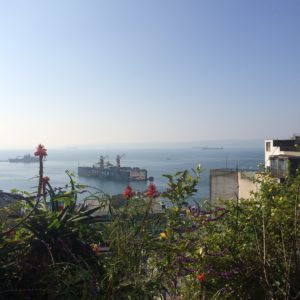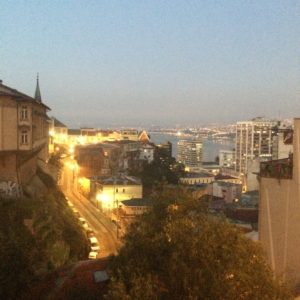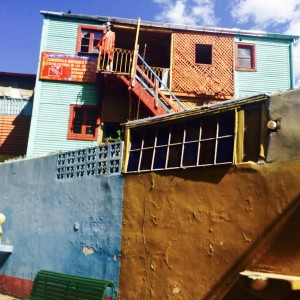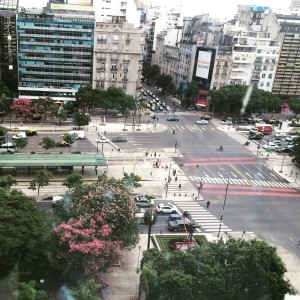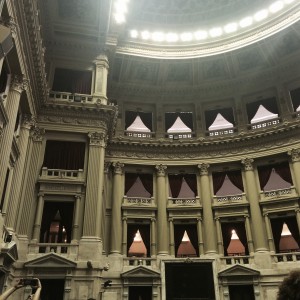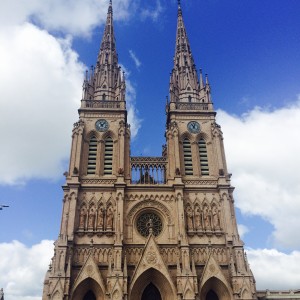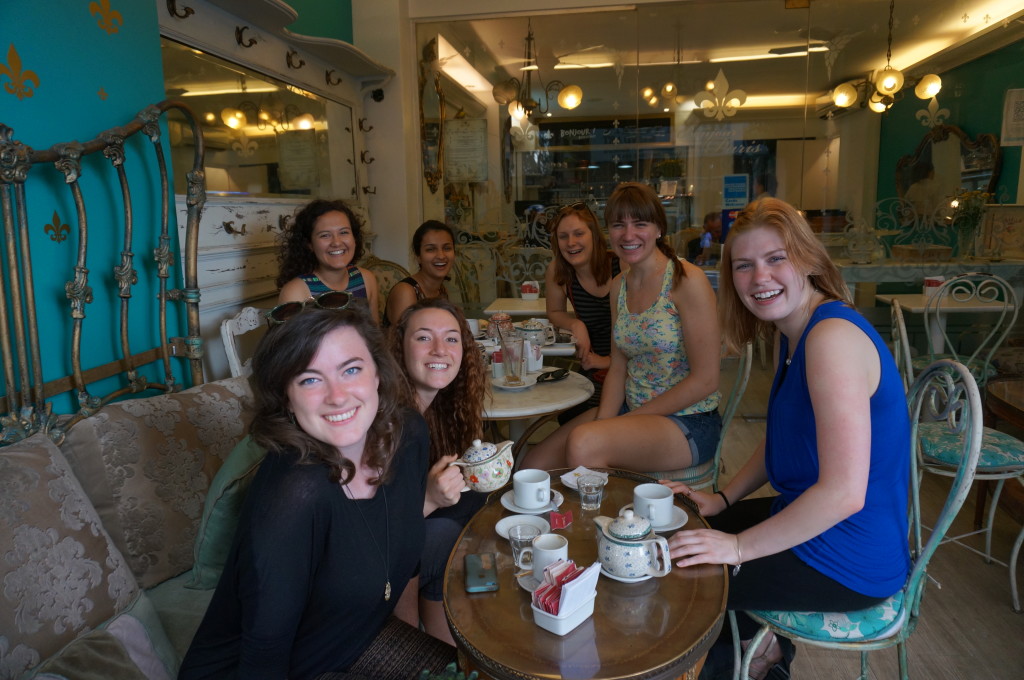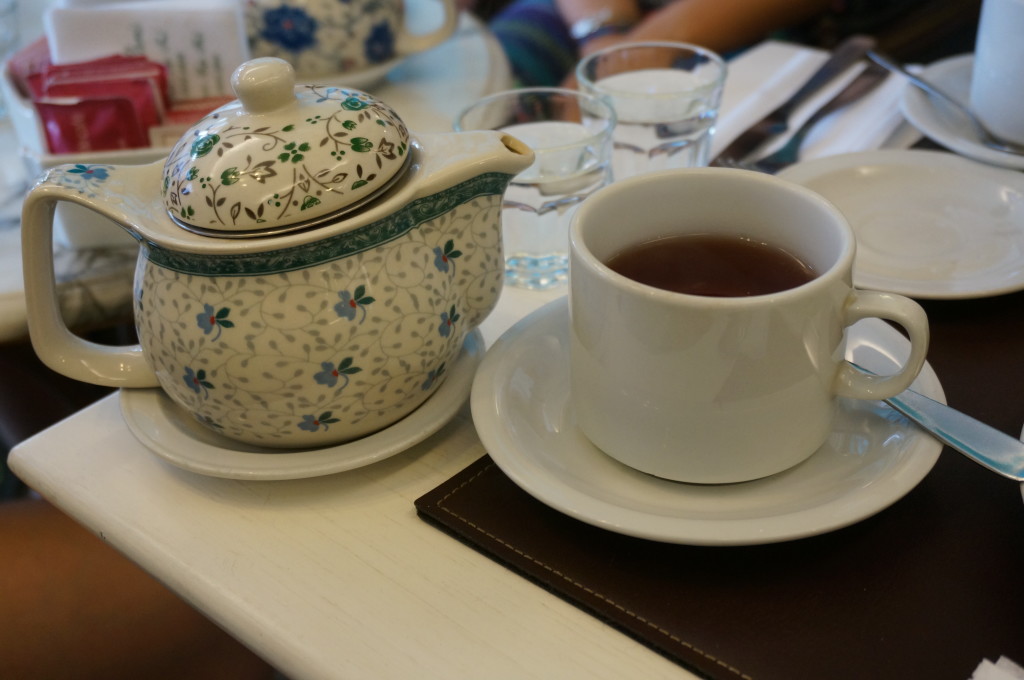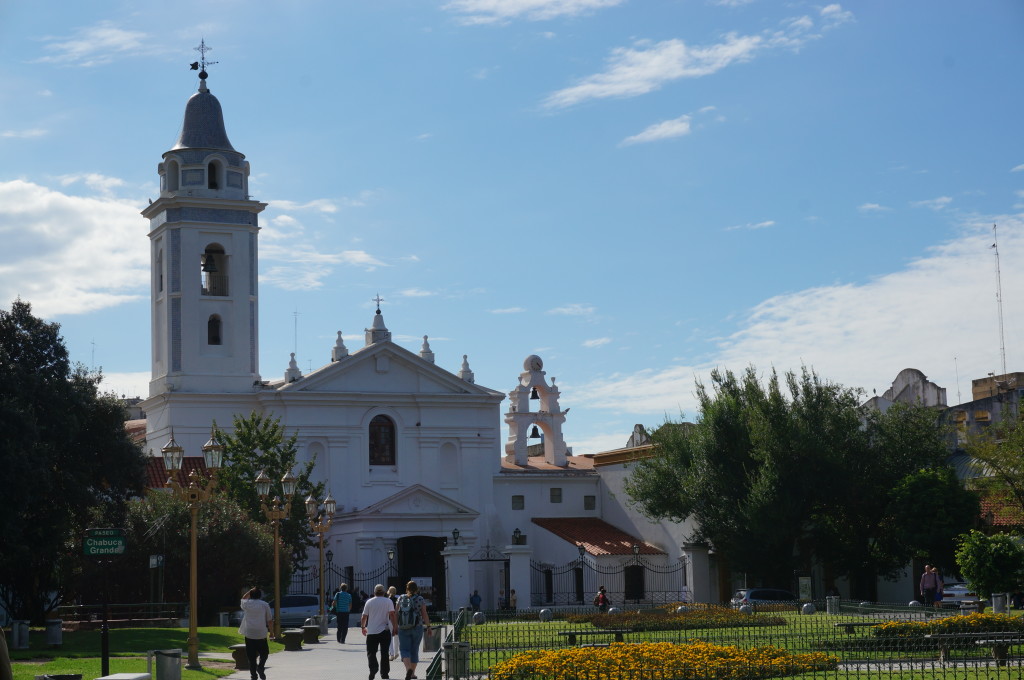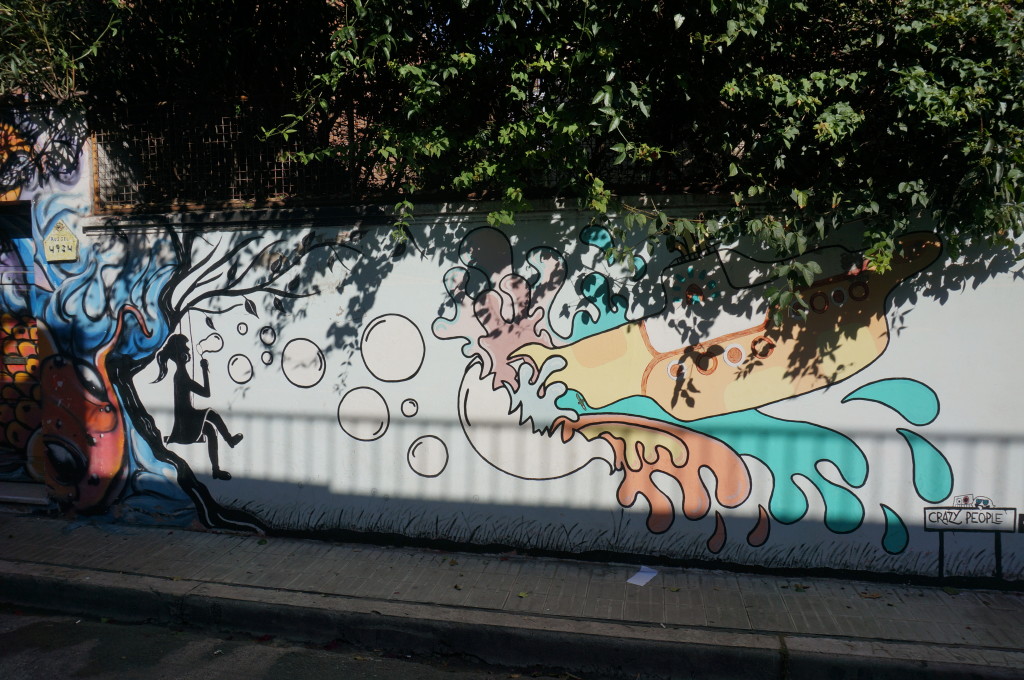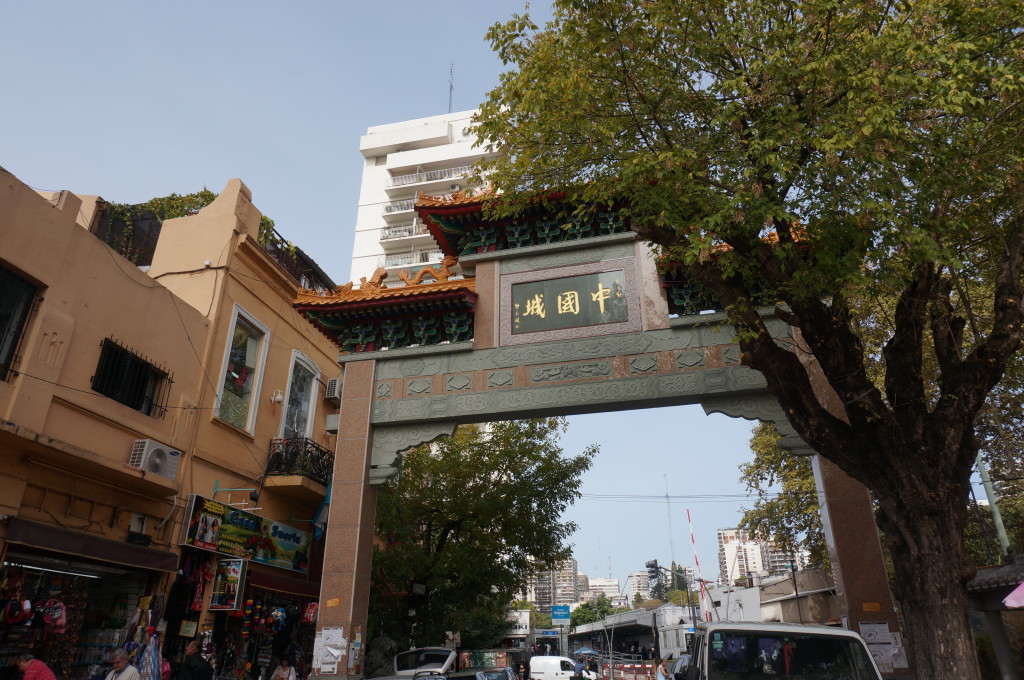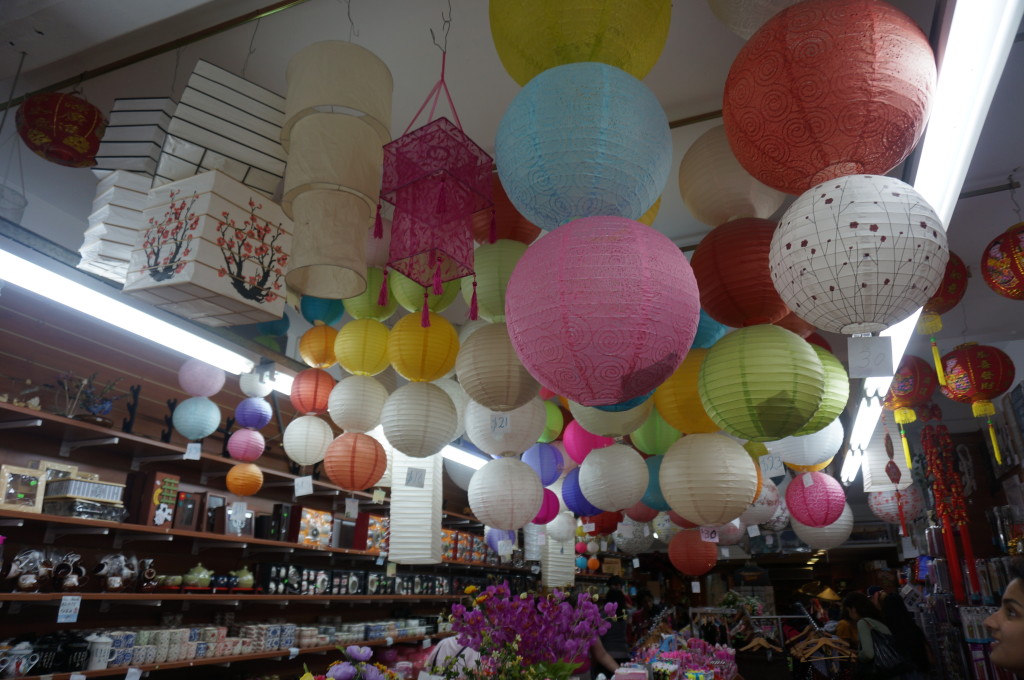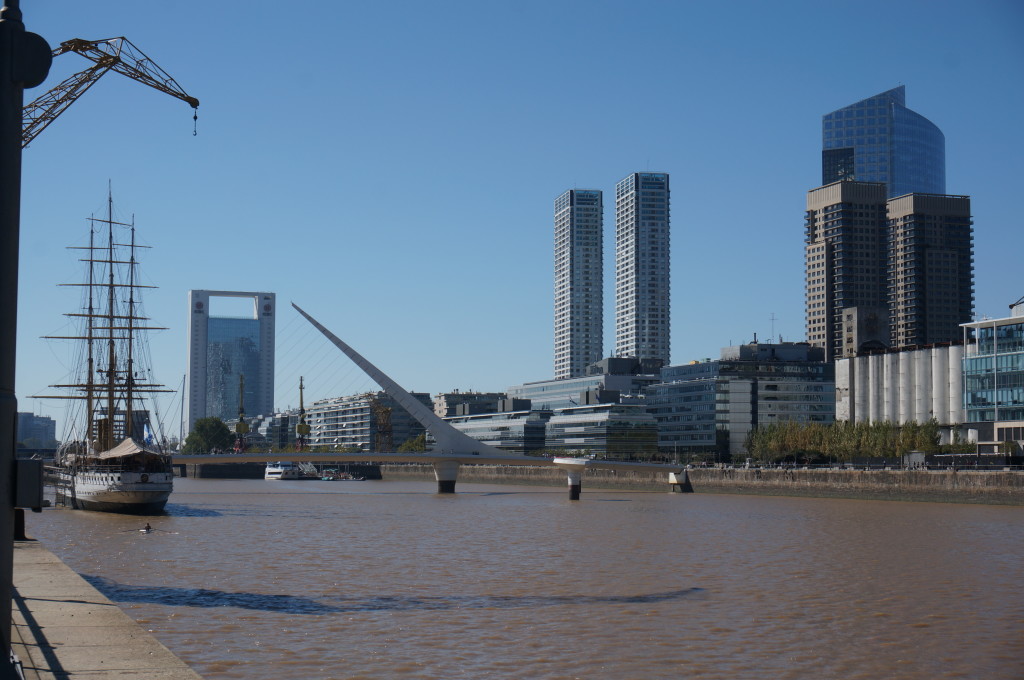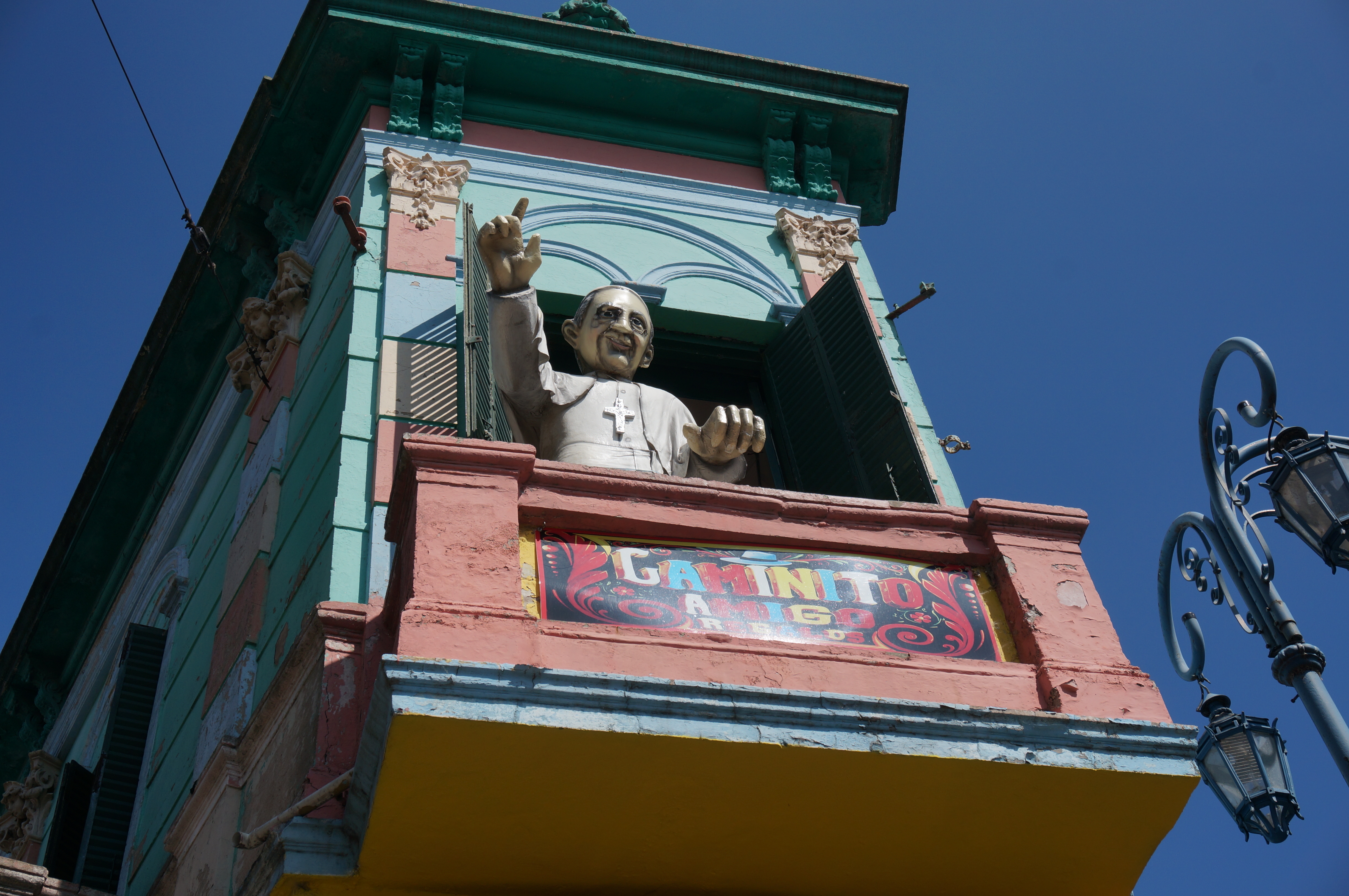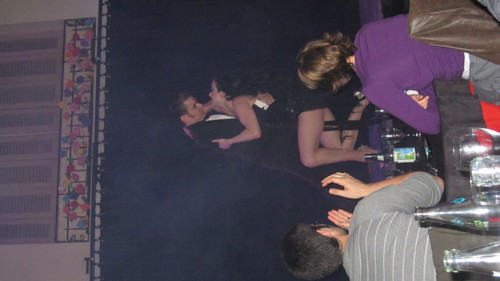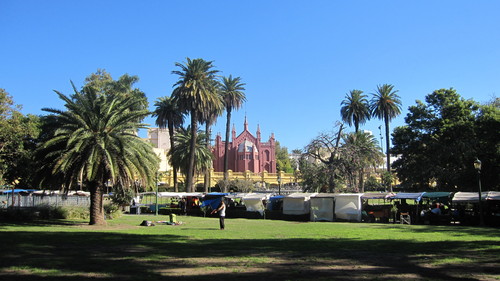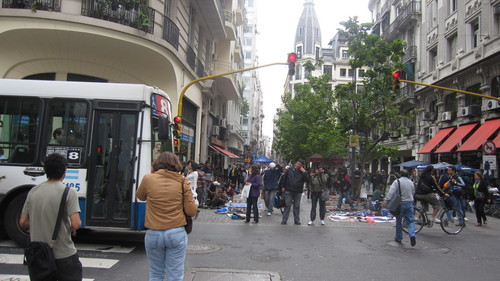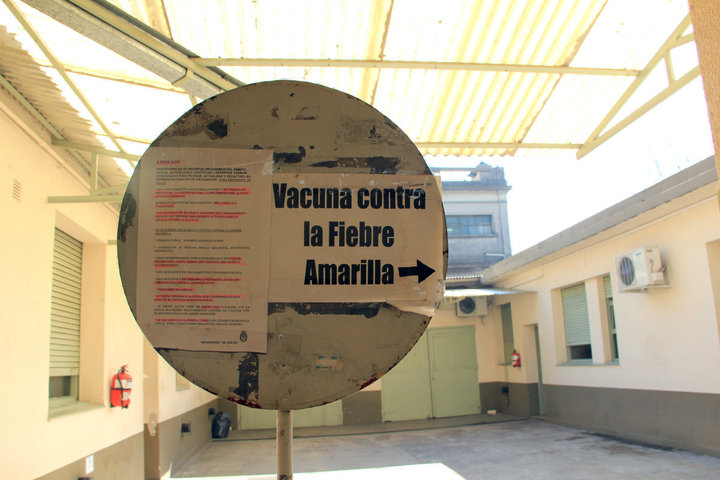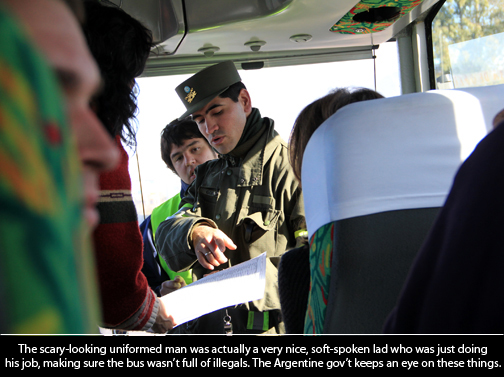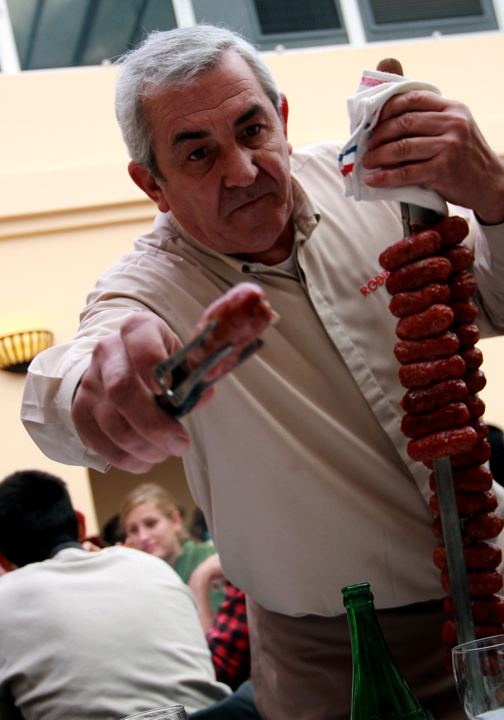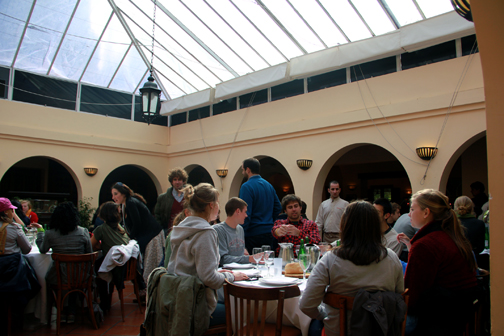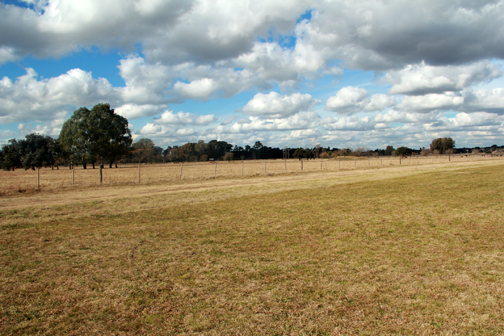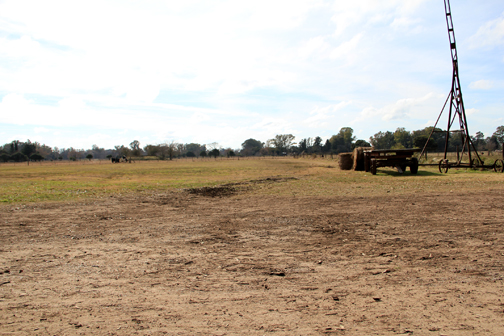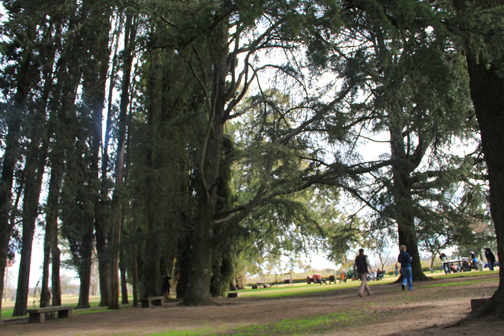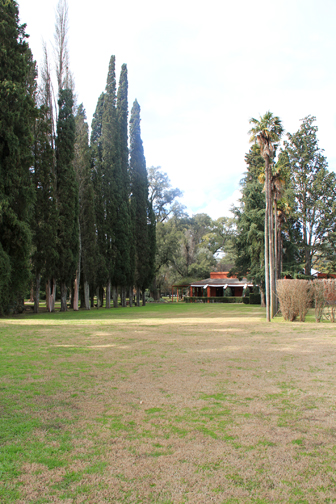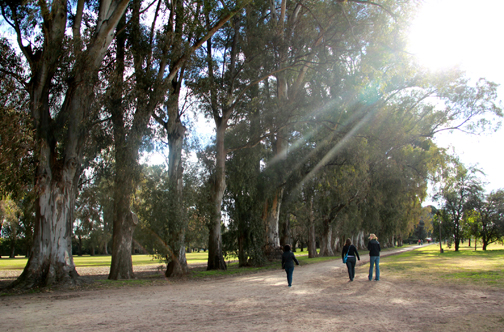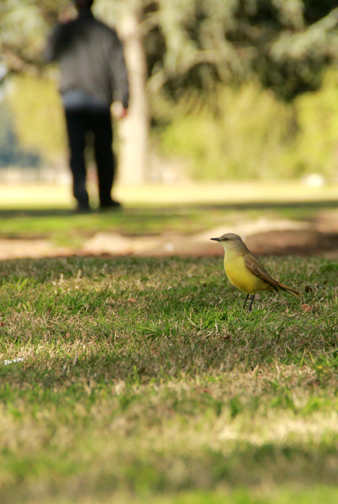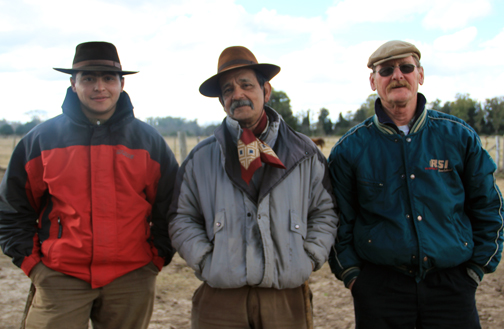An Interminable Progress
One of my pet peeves is when I talk to my friends at home and they ask me, “So are you fluent yet?” Considering I came to Argentina to improve my Spanish and practice it living day to day in a foreign country, this is a valid question. After being here for about two months, my Spanish vocabulary and my ability to speak has improved immensely. However, it is very hard to say yes, I am fluent in a second language. I am still learning constantly, so I would say that I am certainly proficient in Spanish. But saying I am fluent makes me feel that I am done learning Spanish, that I am satisfied with my ability to communicate in a second language. I always try to improve my accent, but I am resigned that this is very hard to do. Even people whose first language is not English who have lived in the US for decades often still have accents. Even with this being said, I do not think I will ever be satisfied with my fluency in Spanish. Even in English, I love reading and learning new words to enrich my vocabulary. Of course, I would say I am fluent in English. But the never ending process of learning a second language – learning new vocabulary, learning the context of when words and expressions are used- makes it harder for me to say yes, I am fluent in Spanish.
I need something that glues things together a.k.a glue
For example, the other day I needed glue or tape to finish a poster project about fracking in Argentina for my Spanish class. As I was walking to the store to buy glue, I realized I couldn’t remember the word for glue in Spanish. This presented a problem because in the school supplies stores here, the worker asks what you need and they get it for you. I couldn’t just look around for glue and pay without speaking. However, I remembered the verb to glue. So I asked the worker in the store for something that I could use to glue paper to a poster. She understood and asked if I wanted liquid form or the stick. Of course, this was not the most concise way for me to buy glue, but I got what I needed and finished my project. But now, I now the word for glue and won’t forget it anytime soon. This kind of learning is a daily occurrence.
Living in a foreign country that speaks your second language is the most incredible learning experience. All of my courses here are in Spanish. Whether I’m in my Argentine poetry class or my Patagonia anthropology class, I’m constantly learning new words. When I take the bus through the city, advertisements and store signs flash by me, teaching me new words and expressions. When summer was ending here, every store had signs of “rebajas, rebajas!”, “sale, sale!”. I learn new social and political terms when I pass by signs campaigning for candidates. In the Plaza de Mayo, there are always political demonstrations or political graffiti and posters across from the Casa Rosada, the equivalent of the White House.
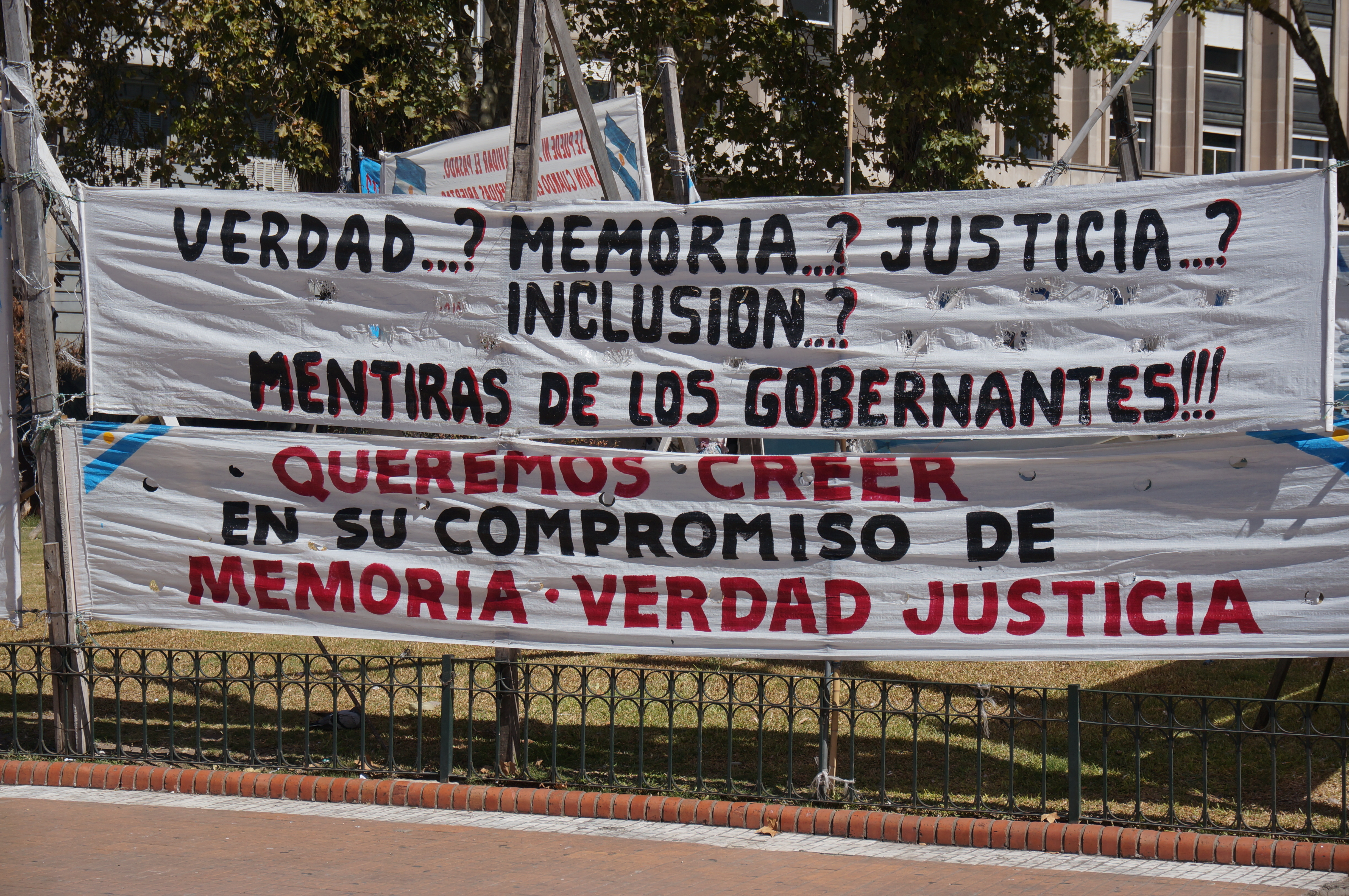
The poster hung in the Plaza de Mayo says Truth…? Memory…? Justice…? Inclusion…?: Lies from those governing!
We want to believe in their commitment to memory, justice, and truth.
Sail or candle?
Although I read La Canción de la Pirata (The Song of the Pirate) in my Spanish literature class, I have never had a sailing unit in any Spanish class at Penn State. When I first told my host family I was going sailing, I remembered the word for sail, but my host family didn’t understand me at first. I second-guessed my memory of the word for sail because it also means candle. But after going sailing, I have a concrete experience of sailing, had conversations with our Spanish speaking captain, and learned lots of new words related to sailing and the river: words like sailing, stern, and words for different types of sailboats.

Sailing with my friends on the Río de la Plata
Oh, I can read a menu in Spanish… I think
We also had alfajores on our sailing trip. Alfajores are two cookies that have dulce de leche in between them, and the whole thing is dipped in chocolate. A lot of Argentine dishes, like in any language, have their own specific name. So, it has surprised me how difficult reading menus or reading labels in the market has been. For example, lomo is a word I commonly see on signs near large cuts of meat at delis. I am normally a vegetarian at home, so not knowing what type of meat my sandwich has freaks me out. I think, “Oh, is lomo rabbit? Deer? What could this possibly be?” Turns out lomo is just a cut of meat. Argentines are very serious about meat, so normally signs and menus always include the cut of meat, no matter whether it is a to-go sandwich shop or a nice French restaurant. I also saw a quiche that was labelled “puerro” in the market. This also freaked me out because puerro sounds very similar to perro, meaning dog. However, I found out puerro means leek, so I didn’t need to worry that the market offered dog quiche.

My favorite bakery: In the name of dessert!

An alfajor
I have even learned a lot of words for vegetables, fruits and herbs here: eggplant, basil, arugula, parsley, grapefruit. When I go to my favorite bakery, En el Nombre de Postre, I learn new words for spices like cinnamon or the phrase for whole-grain bread.
Another language challenge is the ice cream parlor. You would think this would be simple, but if a foreigner came to an ice cream store in the US, there are plenty of names that don’t really describe what the ice cream actually is. For example, what the hell does moose tracks actually mean? There are many ice creams like this in Spanish too. I have been intrigued by one flavor named Roger. Sometimes I feel silly asking what an ice cream is like, so I remind myself that there are a lot of nonsensical names for ice creams in English too. I ask my friend who owns the store what the mysterious Roger ice cream is like, and he says that it is like the candy Ferrero-Rocher. So I tried it, and it was amazing!
So, all in all, I work on my Spanish constantly outside of the classroom. A lot of it depends on my own effort to learn. I can either point and gawk, or I can exercise my ability to ask Argentines what something means or get my point across without knowing the exact word that I want to use. So sometimes, it seems so much easier to point instead of say, “what is this like?”, “what is this made out of?”. So even though sometimes I feel like a complete idiot asking silly questions, I am an idiot that is learning new things every single day in the city, unlike any experience in a contained classroom at Penn State.
Location: Paraná 1205 Buenos Aires, Argentina




